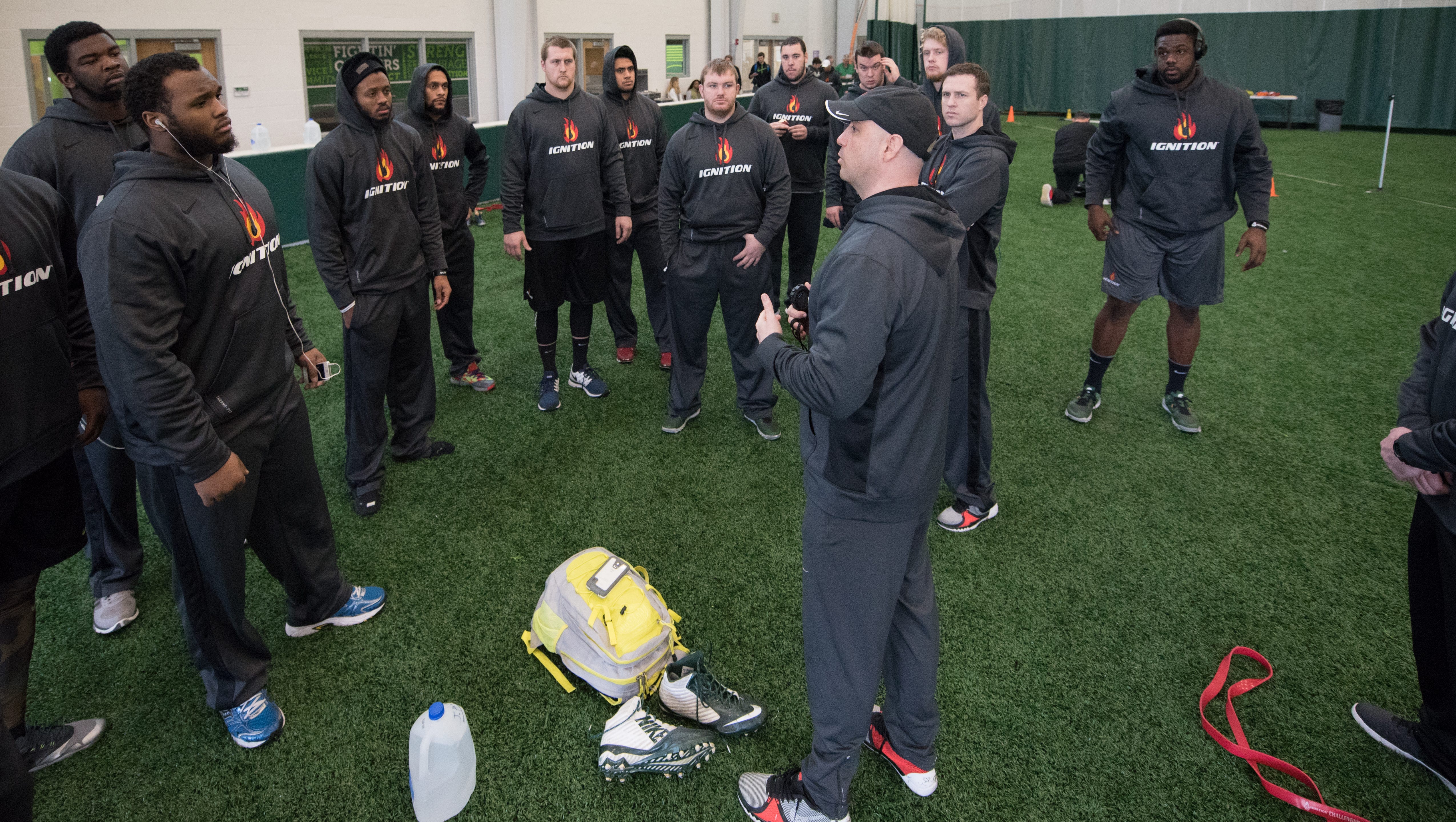

New requirements to install smoke detectors in lavatories, strip lights marking paths to exit doors, and increased firefighting training and equipment for crew became standard across the industry, while regulations regarding evacuation were also updated. The accident became a watershed for global aviation regulations, which were changed in the aftermath of the accident to make aircraft safer. Ninety seconds after the plane landed and the doors were opened, the heat of the fire and fresh oxygen from the open exit doors created flashover conditions, and the plane's interior immediately became engulfed in flames, killing 23 passengers who were unable to evacuate the aircraft. The spreading fire also burned through crucial electrical cables that disabled most of the instrumentation in the cockpit, forcing the plane to divert to Cincinnati/Northern Kentucky International Airport. On 2 June 1983, the McDonnell Douglas DC-9-32 operating the service developed an in-flight fire behind the lavatory that spread between the outer skin and the inner decor panels, filling the plane with toxic smoke.

Montréal–Dorval International Airport, Quebec, CanadaĪir Canada Flight 797 was an international passenger flight operating from Dallas/Fort Worth International Airport to Montréal–Dorval International Airport, with an intermediate stop at Toronto Pearson International Airport.

Toronto Pearson International Airport, Ontario, Canada C-FTLU, the aircraft involved, after the fire


 0 kommentar(er)
0 kommentar(er)
